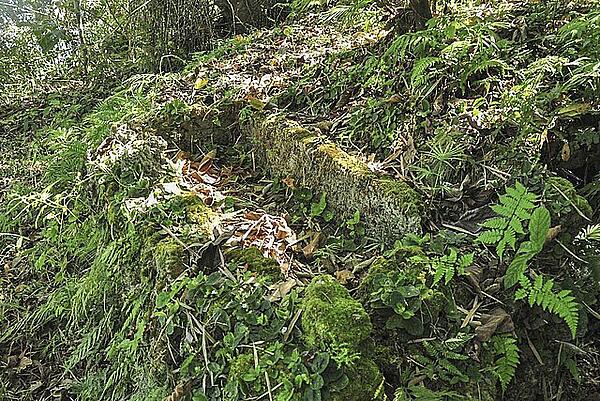Kamhantik Limestone Tombs
In 2012, researchers from the National Museum of the Philippines unearthed the remains of a village tomb that was eventually dated back to between 890 and 1030 AD.
Upon analysis by the team, the Limestone tombs of Kamhantik - located in the Buenavista Protected Landscape in the Quezon - were found to contain fifteen limestone coffins that were the first of their kind to be discovered on the islands.
The archaeological site that contains the tombs is part of a 690 acre forest that was declared by the Philippines government in 1998 to be a protected area. However, prior to this declaration many people are thought to have looted the area. When the archaeologists discovered the site they found that the lids of the coffins had already been removed and stolen, along with many of the remains, jars and possible jewellery that was likely to have been buried with the local people.

According to the archaeologists who discovered the site, it is of particular historical importance as they’re the first real evidence that ancient Filipinos did in fact have complex and advanced burial customs - a concept that has previously been disputed. The discovery of jars, metal objects and bone fragments that belonged to monkeys and other animals within the tombs support this theory.
Work continues to take place at the site, with archaeologists and anthropologists undertaking frequent analysis in an attempt to shed light on how locals lived in the pre-colonial era.
However, Sanny Cortez, tourism officer for the nearby coastal town of Mulanay, has said once work has been completed he plans to turn Mount Kamhantik’s peak into an archaeological and ecotourism park alongside a museum, where some of the discoveries will be housed.
MLA Citation/Reference
"Kamhantik Limestone Tombs". HistoryLearning.com. 2025. Web.
